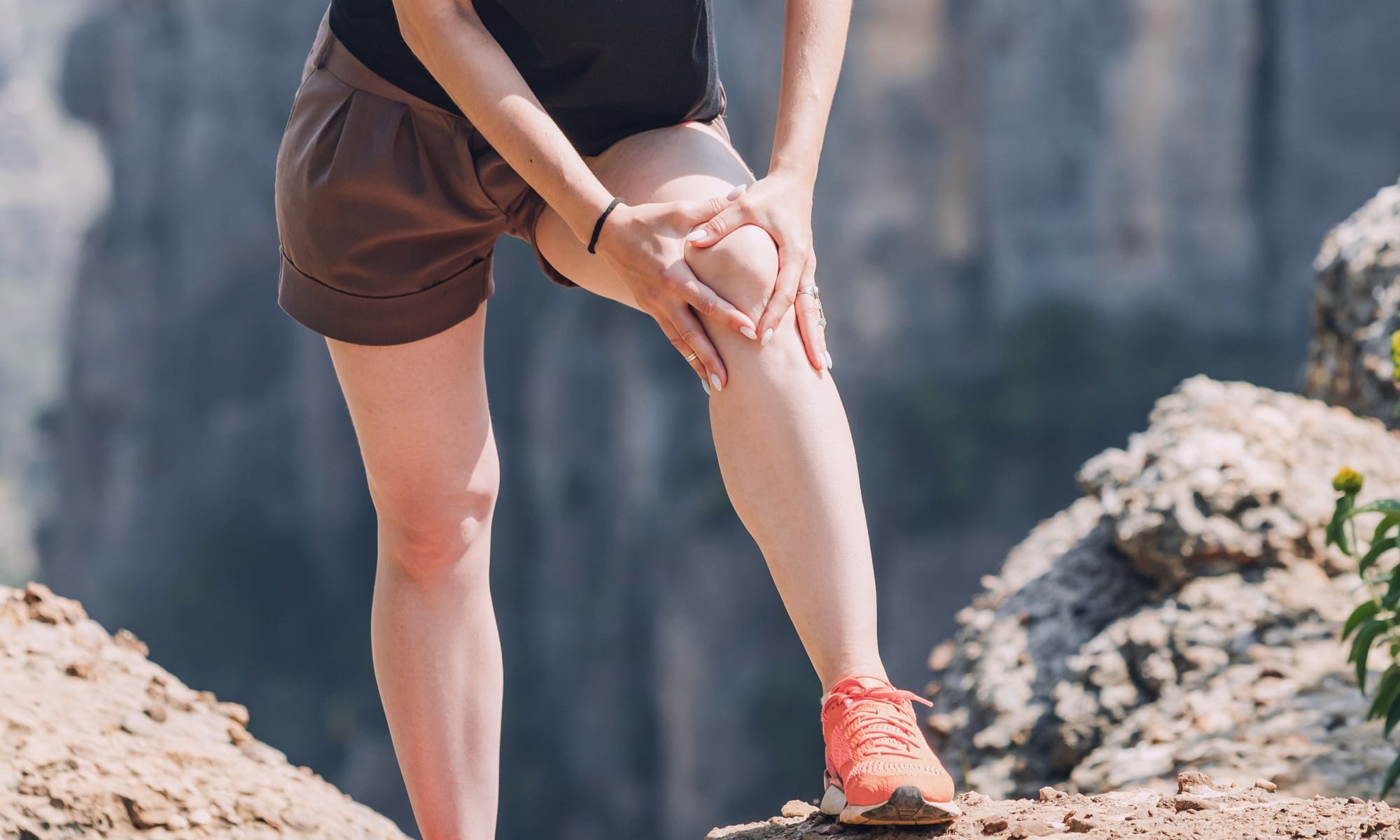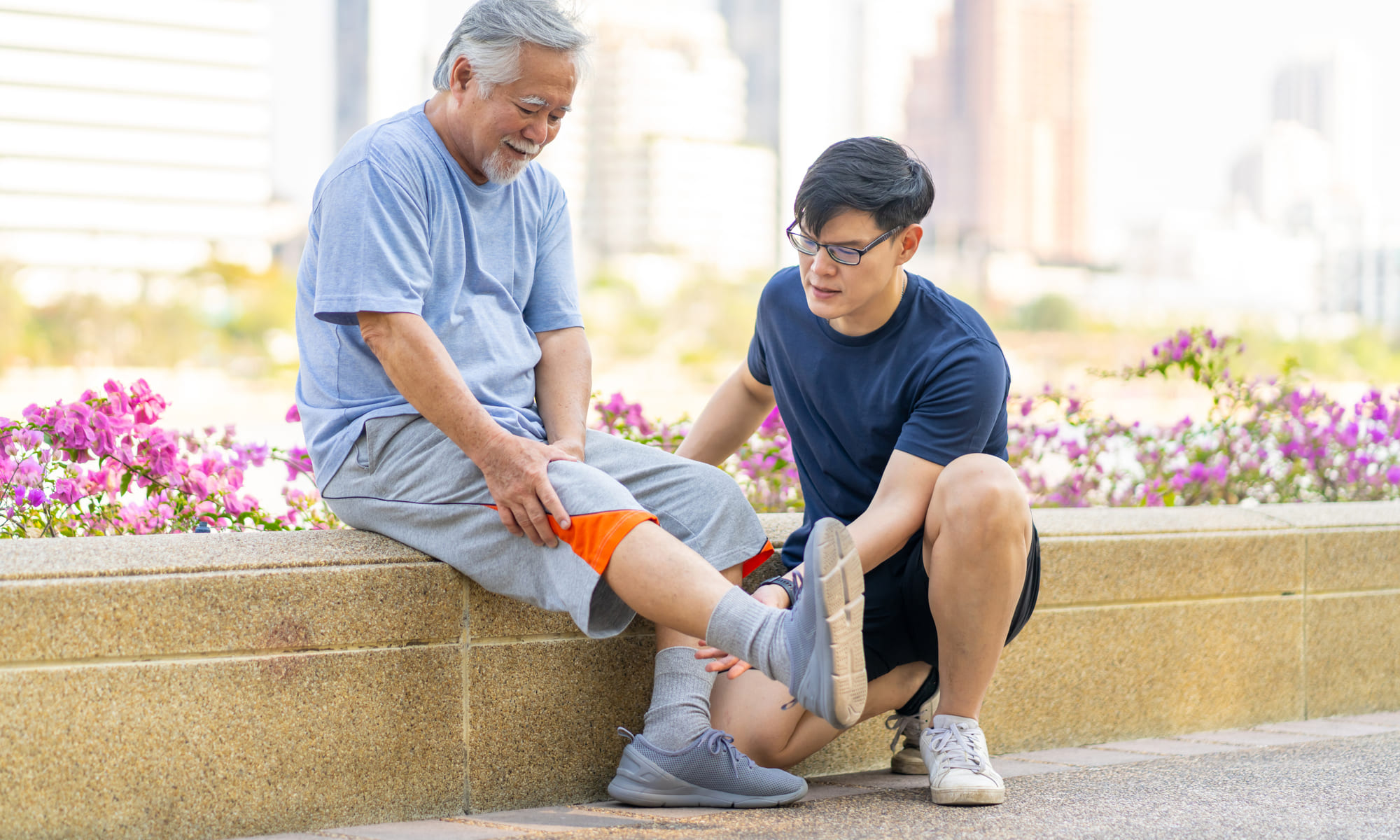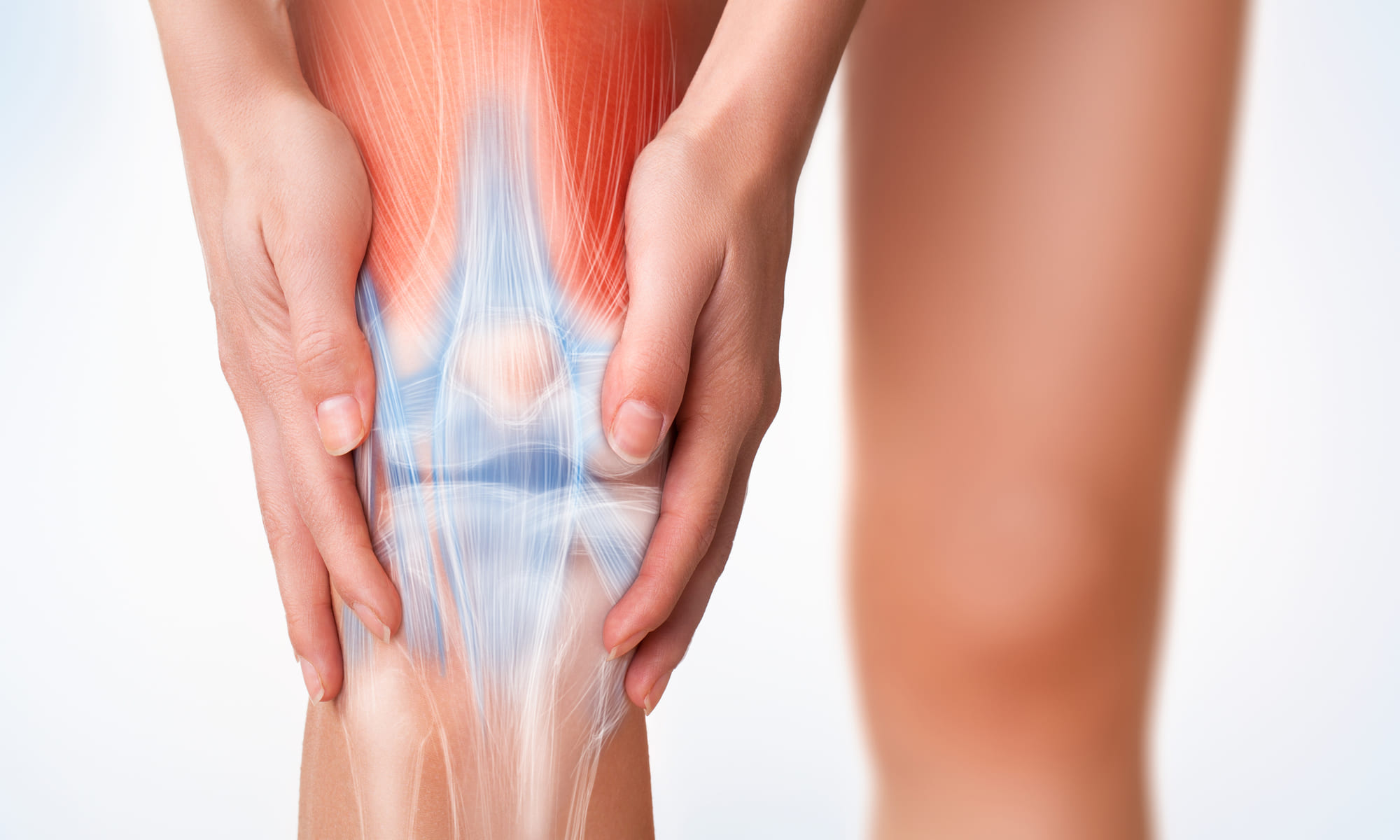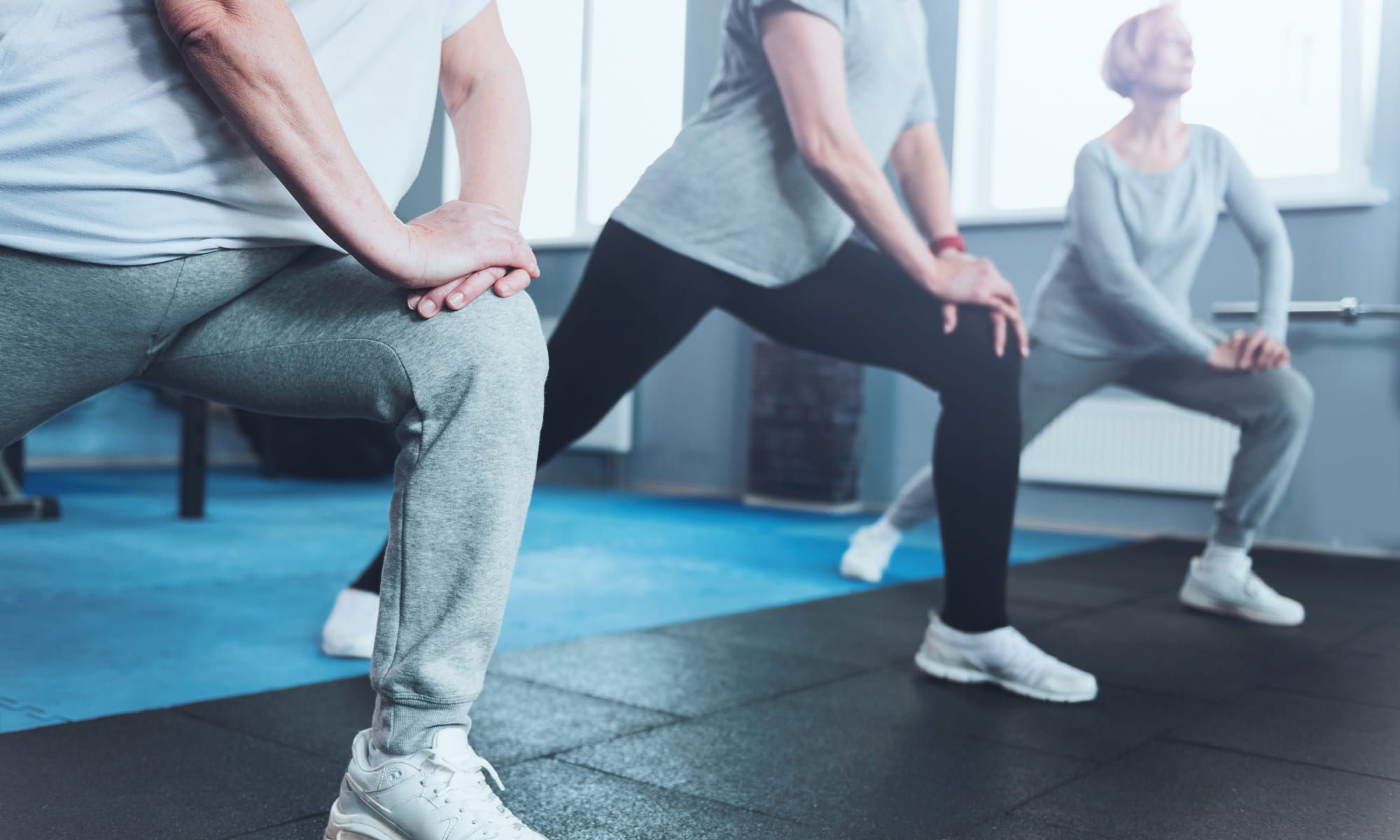Top Categories
Knee ligament injuries are a common concern, particularly for individuals involved in sports and physical activities. These can result from sudden movements, falls, or impacts, leading to pain, instability, and reduced mobility.
Preventing such injuries allows individuals to maintain an active lifestyle but also to avoid long-term complications and the need for invasive treatments.
Understanding Knee Ligament Injuries
Knee ligament injuries involve damage to one of the four ligaments in the knee: the anterior cruciate ligament (ACL), posterior cruciate ligament (PCL), medial collateral ligament (MCL), or lateral collateral ligament (LCL). These ligaments stabilise the knee joint during movement.
Common sports-related knee ligament injuries include:
- ACL Injuries: These are often caused by a sudden change in direction or speed, making them common in sports like football, basketball, and skiing.
- PCL Injuries: These typically result from a direct impact to the front of the knee and are common in sports such as rugby and American football.
- MCL and LCL Injuries: These injuries usually occur due to a direct blow to the side of the knee, common in sports like hockey and martial arts.
Long-Term Effects of Knee Ligament Injuries
If left untreated or not properly managed, knee ligament injuries can lead to:
- Chronic Pain: Persistent discomfort in the knee can limit mobility and affect quality of life.
- Knee Instability: The knee may feel weak or wobbly, increasing the risk of falls and re-injury.
- Arthritis: Over time, damage to the knee ligaments can lead to the development of osteoarthritis, a degenerative joint disease.
Strategies for Preventing Knee Ligament Injuries
Preventing knee ligament injuries involves a combination of physical preparation and protective measures:
Regular Exercise and Strength Training
- Incorporate strength training exercises that target the muscles around your knees, such as squats, lunges, and step-ups.
- Maintain a regular exercise routine to keep your joints flexible and mobile.
- Ensure you learn the correct form for each exercise to avoid injury.
- Increase the intensity of your workouts gradually to prevent overstraining the muscles and ligaments.
- Consider seeking guidance from a professional trainer to ensure correct technique.
Proper Warm-Up and Cool-Down Techniques
- Always start your workouts with a warm-up, such as a brisk walk or gentle jog, to gradually increase body temperature and blood flow to the muscles.
- Follow your warm-up with dynamic stretches to prepare your muscles for the workout.
- After your workout, cool down with slower, gentle movements and stretches.
- Use cool-down exercises to help return your heart and breathing to normal rates.
- Incorporate flexibility and stretching exercises in your cool-down to help muscle recovery and prevent stiffness.
- Seek professional guidance if you’re unsure how to perform exercises safely, especially after a knee injury.
Wear the Right Sports Gear
- Always wear footwear suitable for your specific sport to provide the right kind of support and stability.
- Consider using protective equipment, such as knee braces, especially if you’re prone to knee injuries or participating in a high-contact sport.
- Ensure your sports gear, including shoes and braces, fits properly to avoid discomfort and potential injury.
- Replace your sports shoes regularly to ensure you’re always getting adequate support and cushioning.
Follow a Balanced Diet and Hydration
- Consume a balanced diet with adequate protein to support muscle and ligament health.
- Include foods rich in vitamin C, zinc, and omega-3 fatty acids for tissue repair and recovery.
- Keep yourself hydrated before, during, and after exercise to maintain ligament elasticity and muscle function.
- Avoid consuming processed foods and drinks high in sugar, as they can lead to inflammation and hinder recovery.
- Consider consulting a dietitian or nutritionist for personalised dietary advice based on your lifestyle and fitness goals.
Conclusion
Understanding knee ligament injuries and implementing preventative strategies allows individuals and athletes to reduce their risk and ensure their knees remain healthy and strong.



